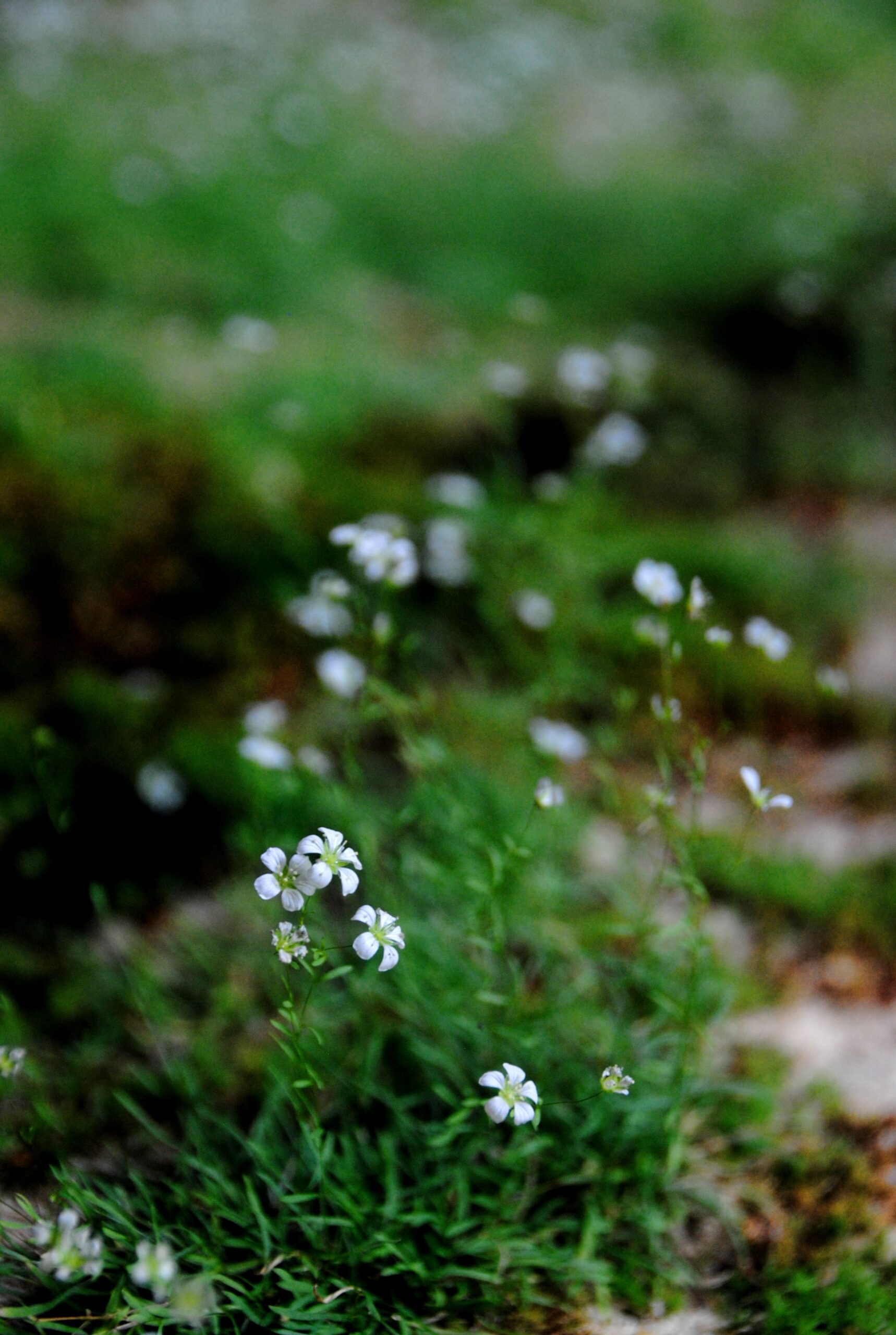Saving the Cumberland Sandwort With Science
The Plant Division at the Center for Conservation and Research of Endangered Wildlife (CREW) is Saving Species with Science®.
Pictured here is the Cumberland Sandwort (arenaria cumberlandensis), a plant species that was recently removed from the Federal List of Endangered and Threatened Plants in 2021 thanks to restoration assistance and outplantings made possible by CREW scientists. This species was recognized as endangered due to its small and specific habitat, growing only under the shaded areas of overhanging rock houses in southern Kentucky and northern Tennessee. These areas are popular amongst rock climbers and excavators looking for Native American artifacts, subjecting these populations to tons of foot traffic.

Plant scientists at CREW have participated in germinating seeds and propagating plants from existing populations of this species since the early 2000’s in order to aid in restoration. After successful growth in vitro and acclimatization efforts, an experimental outplanting of Cumberland Sandwort has been thriving since the 2000’s.

Currently, CREW is partnered with the Cincinnati Museum Center, looking into the genetic diversity found within the different populations of the species. Rachel Bridgens, a manager in the Zoology DNA Lab and Collections, also a former CREW graduate student, can be seen in these photos collecting tissue of the Cumberland sandwort to be brought back to Cincinnati and looked at for genetic variation.
The source population of this species can be found at Hazard Cave in Pickett State Park. When hiking, remember to stay on the marked path and read signs. You never know if an endangered plant may be nearby!
The plant division is continuing to work on the Exceptional Plant Signature Project, conserving threatened plant species that cannot be preserved through conventional seed banking methods. By using innovative cryopreservation techniques and tissue culture, CREW Plant Lab is spearheading plant conservation and showing a great example of what a zoo and botanical garden should be! Visit our website for more information.




